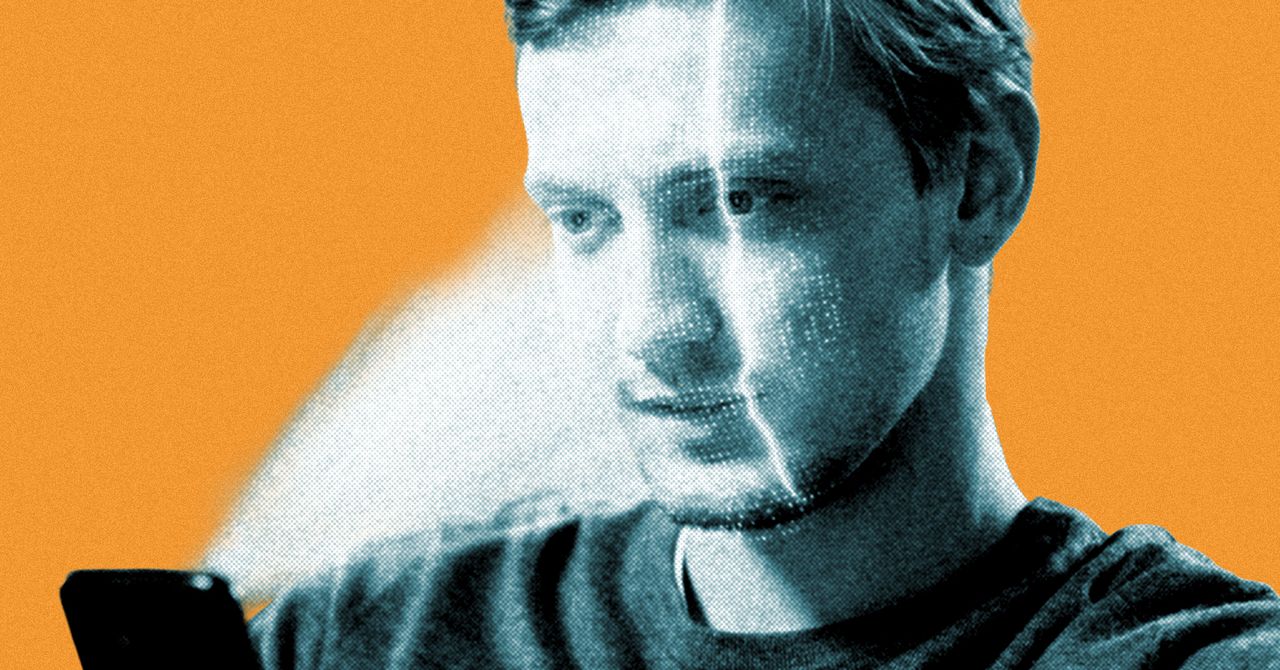Tinder Introduces Mandatory Facial Verification Tool to Enhance User Safety
New Tool Aims to Combat Fake Profiles and Improve Trust
On Wednesday, Tinder unveiled a groundbreaking feature aimed at enhancing user safety by implementing a mandatory facial verification system for new users in the United States. This initiative, named Face Check, is designed to reduce the prevalence of fake profiles and to identify “bad actors” within the dating landscape. According to Tinder, this is a pioneering move among major dating applications.
How Face Check Works
During the registration process, new users will engage in a “liveness check” by recording a brief video selfie directly within the app. The technology captures and securely stores an encrypted map of specific data points related to the user’s facial structure. Yoel Roth, head of Trust and Safety at Match Group, which operates Tinder, clarified that the process does not involve storing an image of the user’s face. Instead, it generates a mathematical hash based on the captured data. This hash is utilized to verify whether a new account corresponds with any existing profiles on Tinder.
Initial Rollout and Expansion Plans
The Face Check feature is currently accessible to users in California, with plans to expand to Texas and other states shortly. In a recent announcement, Roth emphasized that this initiative establishes "a new benchmark for trust and safety in the dating industry." He added that it addresses the significant challenge of confirming a user’s authenticity online while creating obstacles against potential abuse.
Addressing Deceptive Practices
Tinder characterizes “bad actors” as accounts engaging in various deceptive practices, including spamming, scamming, and employing bots. Presently, 98% of Tinder’s content moderation measures are focused on combating fake accounts, scams, and spam. Roth highlighted that the introduction of Face Check represents a substantial advancement in their ability to confront widespread abuse, declaring, "You can acquire new phone numbers or email addresses, but you can’t change your face."
Privacy Considerations
While the requirement for new users to perform facial scans may raise privacy concerns, Roth reassured that the encrypted hashes generated from the process pose no external risk. He stated that even if someone were to access this data, the information would provide no viable means for misuse.
Previously, Tinder had offered optional verification methods, allowing users to verify their identities through a selfie or identification process, varying by location. Other dating platforms, such as Bumble, also employ facial recognition technology for user verification, although participation is voluntary.
Future Considerations for Existing Profiles
When questioned about plans to address existing fake profiles, Roth explained that the effectiveness of Face Check primarily lies in preventing the mass creation of new accounts, which is a significant concern for the platform.
By implementing this innovative facial verification system, Tinder is taking significant steps to enhance user safety and tackle the challenges posed by fraudulent profiles in the online dating sphere. As the feature expands to more states, customers can expect a more secure and authentic dating experience.




